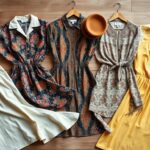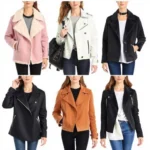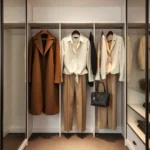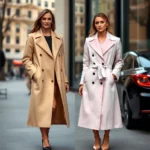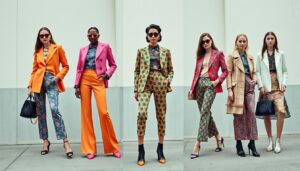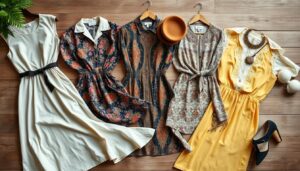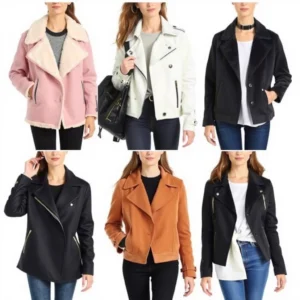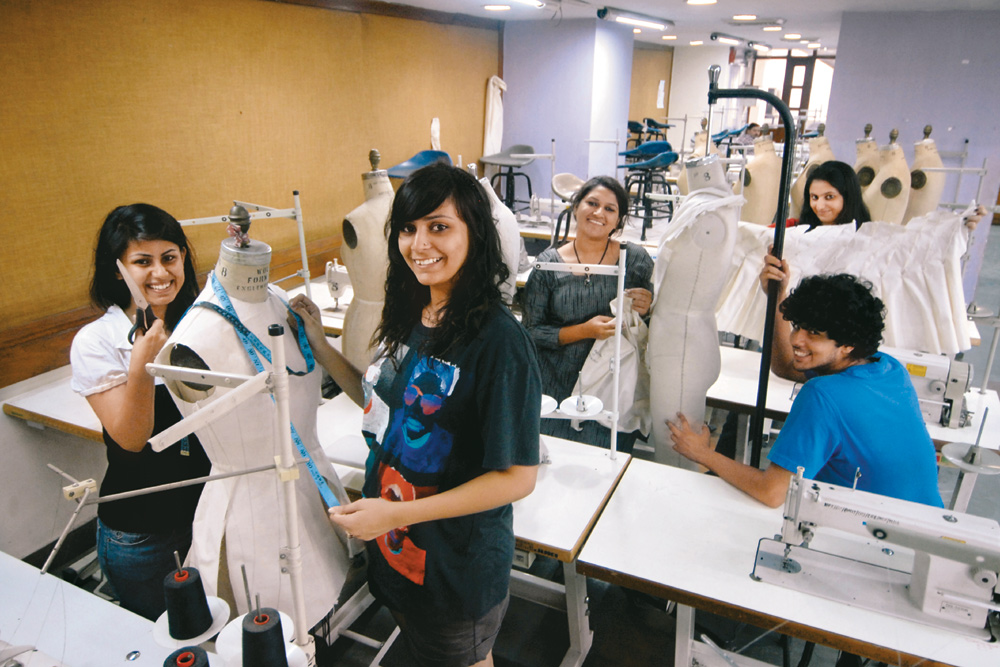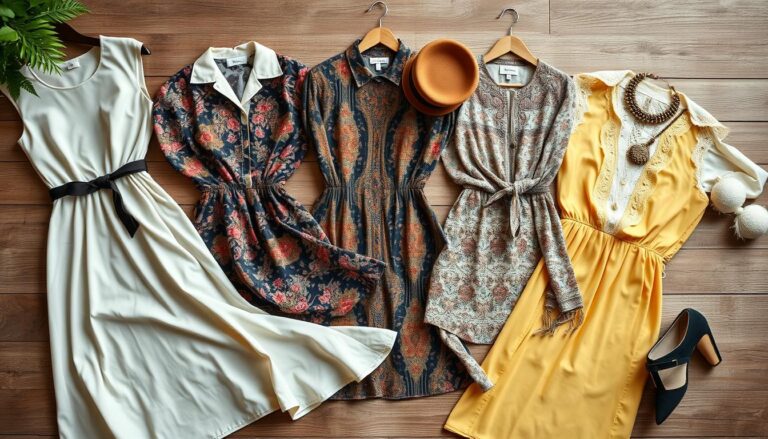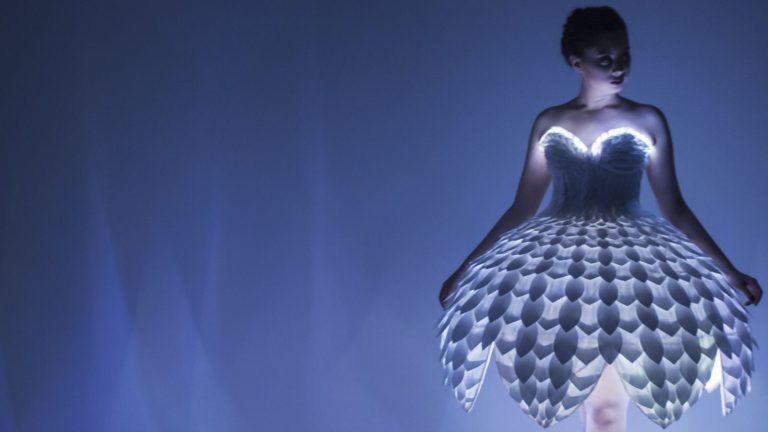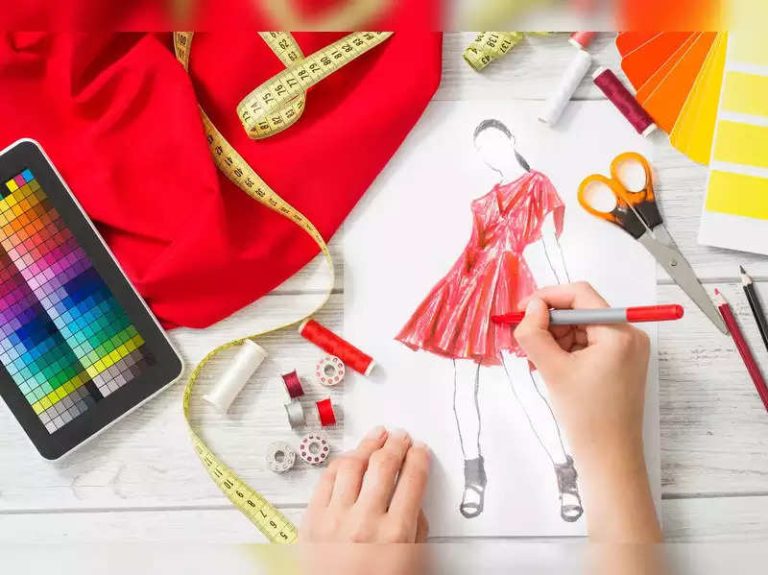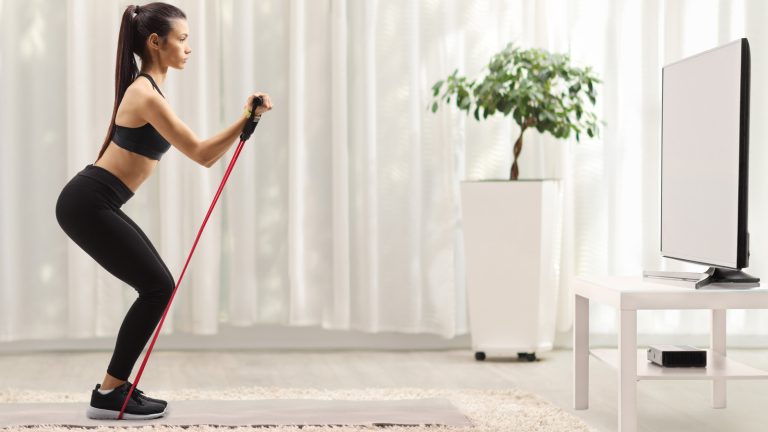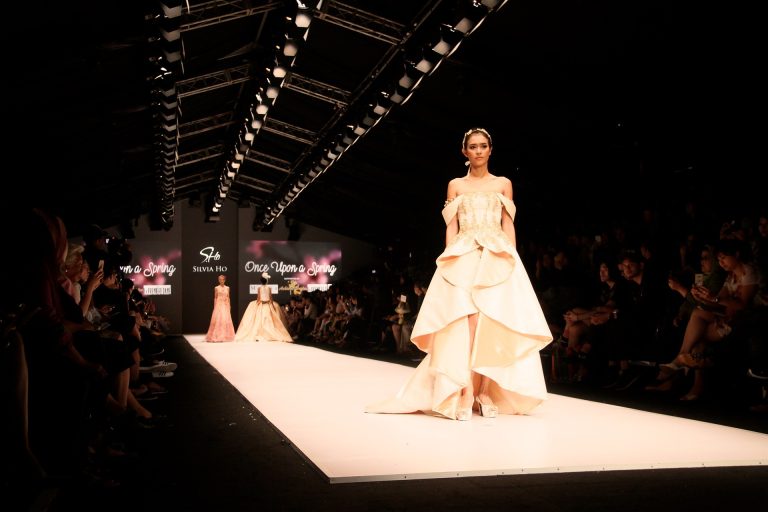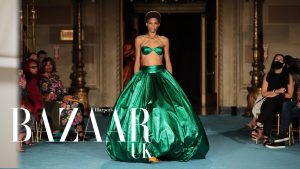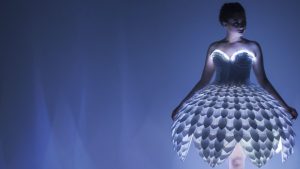As fashion and plus size evolve into a recognized and (soon-to-be) respected segment in fashion, so do the idiosyncrasies and nuances of fashion itself, as it pertains to plus size.
You see, ten years ago, plus size only belonged in one lump segment, leaving us fashionistas with very little or if any options for shopping and discerning which pieces were of a “fashionable” standard. However, now, with the amalgamation (yes, I had to use this word) and plethora of fashions within plus size clothing, one could easily find herself lost, frustrated, confused, irritated, or flustered when shopping for an ideal outfit or piece of clothing.
Why?
We no longer have “one type” of fashion option for the plus size woman- we have many. However, to better understand and sort through the madness of them all, a budding fashionista must first understand what these newer segments are and learn the identifiers of these to shop smarter, not harder.
No really… WHY?
See, as in the straight- sized market, you will find certain segments within fashion that are grouped together, and for the most part, you know what to expect when shopping from that retailer or specific set of retailers. With the evolution of Plus Size Ready-to-Wear Fashion, the same now holds true. For sake of argument, we will group these segments for plus size fashion as straight sized fashion does to help explain the price discrepancies, size differences, in relation to the integrity and quality of a retailers’ or designers’ garment. The fashion industry is divided into five segments: haute couture, luxury, contemporary, fast fashion, and discount.
* Haute Couture: Synonymous with “high fashion,” haute couture is a derivative of the French term “high sewing.” In France, the label “haute couture” is a protected designation. Designers, who attain this elusive and oft coveted title, produce custom-made clothing for the world’s most influential and wealthiest.
* Luxury: Pret-a-Porter or “Ready to Wear” is one-step down from Haute Couture relative to price and exclusivity, but still serves a discerning and well to do client.
* Contemporary: This fashion forward segment presents mid-priced fashions both fashion forward and quality driven. Oftentimes, these designers interpret fashions from the couture houses, making these fashions readily accessible.
* Fast Fashion: Quickly produced product in a cost efficient manner, delivering “high fashion looking” garments, at the lowest price possible. Relates to the manner of which items from the runway manufactured predominantly overseas with an extremely efficient turnaround.
* Discount: Usually looked at loss leaders, have quickly adapted to the fast fashion concepts leveraging their consumer’s buying power and reputation to fashion exclusive designer collections.
However, the division and classification of what to expect from these segments do not stop there. Please read further into each segment, sans Haute couture, as to understand which designers and brands fall into each classification and what differentiates each one.
Luxury Plus Size Designers
Yes! They do exist! Goods that are of a higher quality and a respective higher price point are the fashion leaders within plus size. Designers such as:
* Anna Scholz
* Cinzia Rocca
* Elena Miro
* Lafayette 148
* Marina Rinaldi
* Peggy Lutz
Are oftentimes carried in either specialty boutiques, specialty department stores such as Saks and Neiman Marcus command, at minimum, a $250 starting point. Expect the finest fabrics, usually imported from overseas, naturally a more conservative cut, with the exception of Anna Scholz and Elena Miro (the only plus size designer to continually show during Milan Fashion Week), impeccably tailored, fully lined, natural fabrics, with exclusivity in feel and wear.


